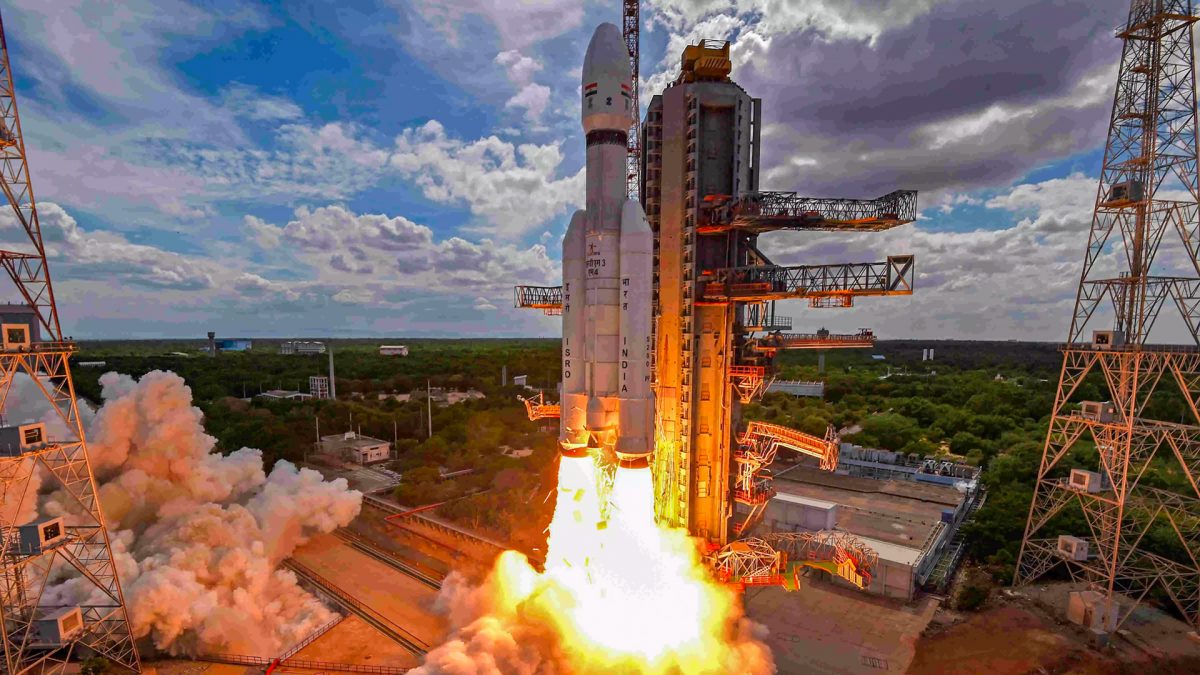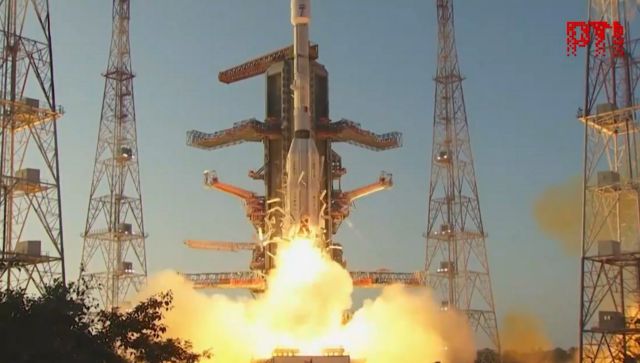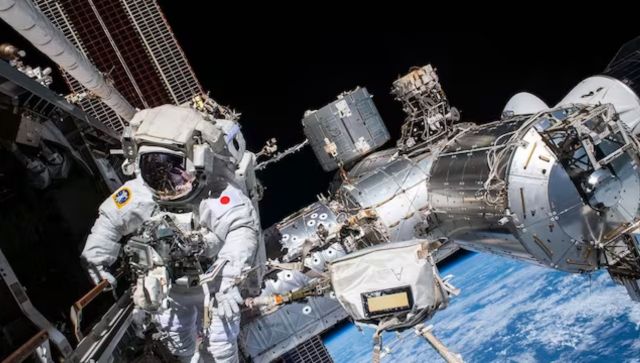The Indian Space Research Organisation (Isro) has formally announced plans for heading to the second rock from the sun, Venus, and study it.
The Hindu reports that Isro has invited proposals for experiments to be conducted on the yellow planet. The mission goal is to carry 175 kg of scientific payload that would consume around 500 W of power. The Mars Orbiter Mission carried only 15 kg. Scientists have until 19 May to submit proposals.
The spacecraft will orbit Venus in an elliptical orbit, coming as close as 500 km before going as far out as 60,000 km. An Isro official told The Hindu that the actual mission will not happen until 2020.
Venus has long been considered to be Earth’s sister planet, but it couldn’t be more different. It’s longest rotation lasts 243 days (that’s versus 24 hours on Earth) and it rotates in the opposite direction. It’s atmosphere is 96 percent carbon dioxide and the atmospheric pressure at the surface is 92 times that on the Earth. Oh, and the atmosphere is surrounded by clouds of sulfuric acid. These clouds are reflective, which means that the surface is invisible to the naked eye.
Standing on the surface of Venus is equivalent to being crushed at a depth of 900 metres under the water. Few conventional submarines can even operate at that depth.
If that wasn’t bad enough, the mean surface temperature is 462 degrees Celsius, making it the hottest in the solar system. Paper burns at 450 degrees Celsius.
The only reasons this yellow vision of hell is even considered to be a sister planet to Earth are that it’s size, mass and proximity to the sun are like Earth’s.
The planet is inhospitable to anything, even electronics. Did you know that the longest period that any man-made object survived on the planet is just 127 minutes? Of that time, the Soviet probe that holds the record was functional for only 32 minutes.
Nothing has landed on the planet since 1985, and Isro’s mission doesn’t intend to land.


)




)
)
)
)
)
)
)
)